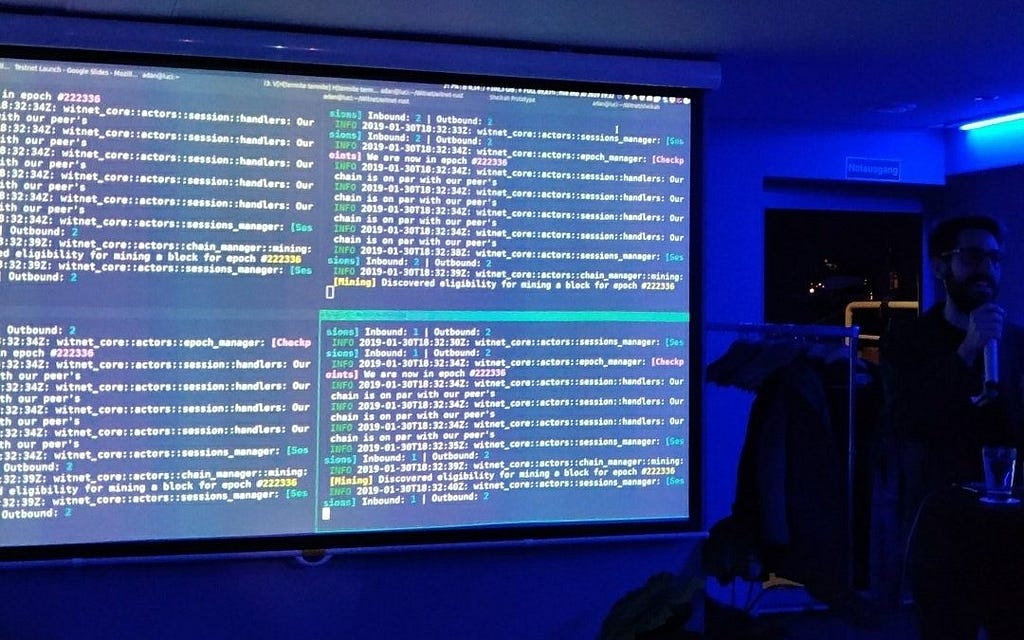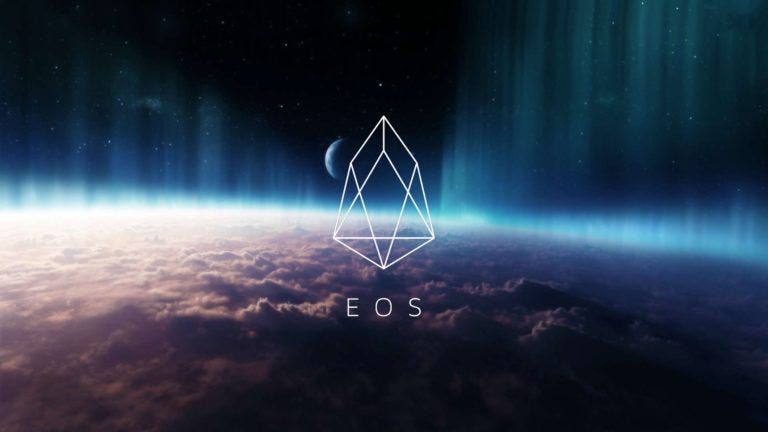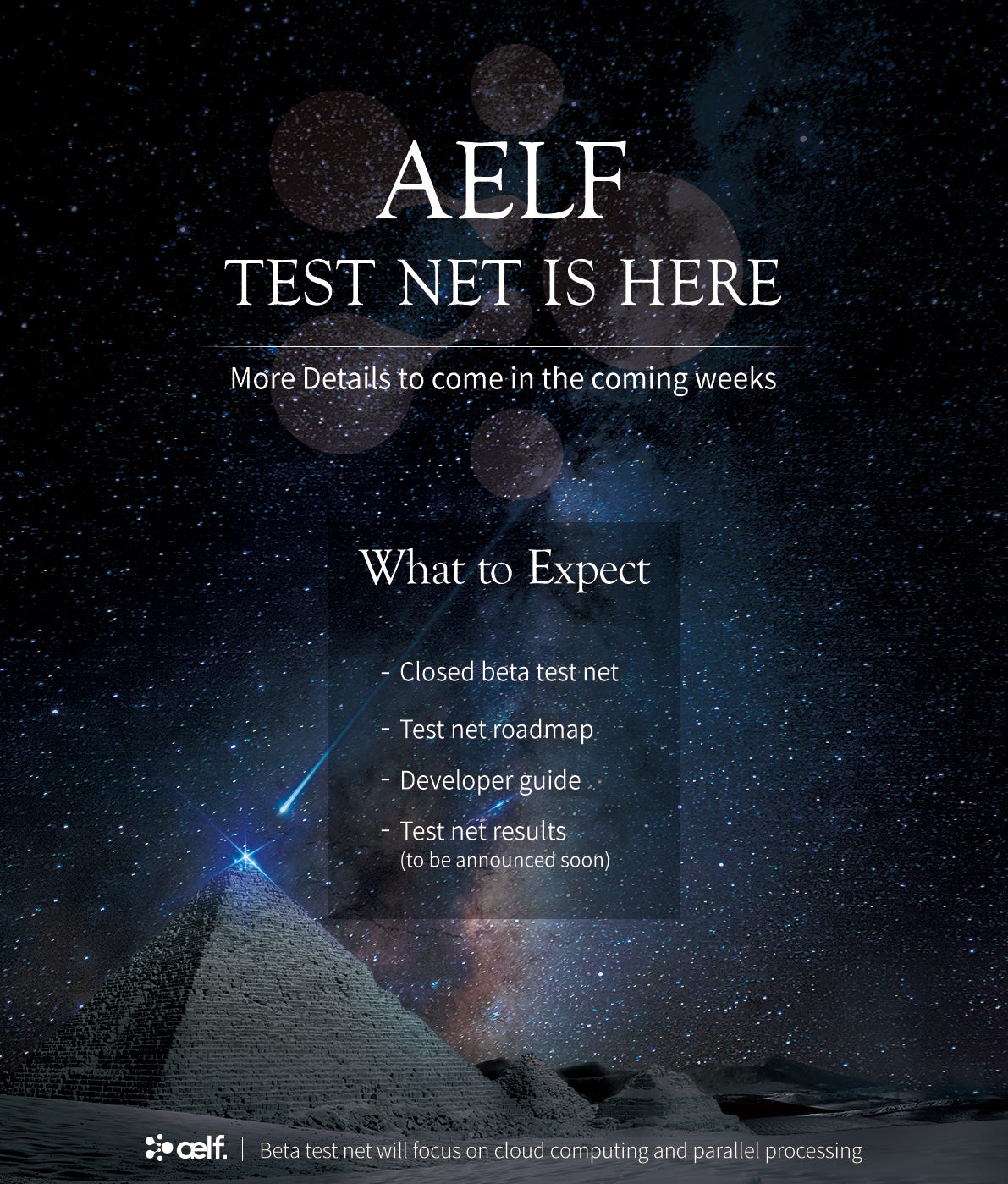Latest news about Bitcoin and all cryptocurrencies. Your daily crypto news habit.

Some of the most anticipated events in a crypto project roadmap are the testnet and mainnet launch. These are some critical milestones for both the projects as well as for the investors. Once a project reaches the testnet phase, it just gives out the message that the platform will be around for a long-term and shows good development in terms of progress.
From an investor’s perspective, this gives the project more legitimacy and more confidence to invest in the project. From a token value perspective, in the past, all major mainnet launches have seen a surge in token price which ranged to a healthy 25%- 30% in the current market and even more than 100% in the good old bull market.
So what’s exactly is Testnet and Mainnet?
Testnet and Mainnet launches are simply the first steps to show the project is making substantial progress. When a project is launched as an ICO, the native token will be launched mostly as an ERC20, NEO, XLM etc based token which will be running on the respective blockchain. Once the project has successfully tested a stable product, it the natural course to launch its own mainnet for the journey ahead.
Launching of its independent blockchain happens in two-phase. The first step is the testnet launch. As the name suggests, a testnet is like a prototype of the proposed end product(in this case “mainnet”) for developers to experiment and test-run without risking breaking the main blockchain.
In simple terms, a Testnet is the network used to test all the functionality of the mainnet before it is launched for widescale use.
Once the team is satisfied with the performance of testnet, all the changes are incorporated and the mainnet is rolled out and will be made available for the public to use. Once the blockchain is deemed to be stable various exchanges and wallets start the process of token swaps and will be providing the users with the new tokens.
Past stories: The Good and the Bad.
The EOS Mainnet nightmare
EOS is backed by Block.one which raised $4 billion for the project via an ICO that ran for almost a year. The EOS project is, we can say, reasonably young in the blockchain space which aims to radically improve on what is on the market today by bringing together positive elements of both the Bitcoin and Ethereum platforms.
The major focus EOS platform is to eventually allow for industrial-scale applications, through the elimination of transaction fees and an ability to process tens of thousands of transactions per second; in contrast, to Ethereum that can currently handle around 15 transactions per second and Bitcoin with seven transactions a second, only.
EOS mainnet launch was one of the most awaited events for the year of 2018. The mainnet was scheduled to be launched on June 2018. Just a couple of days before the launch, Block.one’s email account was hacked and hackers started to send the phishing email offering free EOS tokens. The link given in the mail was routed to an EOS styled website, asked the users to enter their private key to unlock their wallets to get the free tokens. Then you know what could have happened.
Just around a week before the mainnet launch, Chinese internet security firm, Qihoo360 found several vulnerabilities in the EOS network and they reported this to Block.one. These loopholes could have allowed hackers to remote control EOS nodes and attack any cryptocurrency built on top of its blockchain. Unsurprisingly Block.One asked Qihoo360 not to report the bugs to the public as they claimed to have resolved it on the same day.
Suddenly Block.one came up with a bug bounty program against their earlier communications of “all is well”. This gave a doubt that EOS seemed to have misinformed their community about vulnerabilities getting fixed in time for the mainnet launch. This also confirmed that the testnet was not appropriately tested which ultimately lead to these kinds of issues.
Calling all Devs: The EOSIO Bug Bounty Program is Live
Within 48 hrs of its launch, it was reported that EOS mainnet was experiencing a freeze. Irrespective of having such massive funding and resources, these setbacks from EOS was surprising to the crypto community, and all these instances proved how not to launch a mainnet.
Aelf Testnet — Showing the way.
Based out of Singapore, Aelf is a decentralised platform for cloud computing blockchain network, that is trying to develop the operating system exclusively for blockchains. As per the team “aelf is planning to be the “Linux system” of the Blockchain, enabling organisations to build their own systems with any consensus mechanism desired on the blockchain. It is a decentralised, self-evolving cloud computing network also capable of cross-chain interaction.
Aelf was recently in the news for initiating the Aelf Innovation Alliance. The main aim behind the initiative is to accelerate blockchain adaptation among the enterprises. Besides Aelf other members of the Innovation Alliance includes Michael Arrington( creator of TechCrunch), Signum Capital(Singapore-based digital fund), FBG Capital (an Asian blockchain hedge fund), Roland Berger(Strategy consultancy company based out of Germany) and Huobi labs( blockchain incubation wing of Huobi). You can read more about the Innovation Alliance here
The aelf testnet was officially launched on June 30, 2018. It went on to clock an incredible achievement of 14,968 TPS.
Aelf Testnet Results Explained
Aelf’s testnet functionalities offered were
💠 Multi-node P2P communication
💠 Smart contract
💠 Parallel processing
💠 Cluster
💠 Basic DPOS consensus
Unlike EOS, Aelf went ahead and made all codes are available on GitHub and created a guide to welcome all developers to recreate and improve the testnet. With the support of this documentation, a developer can learn and apply
How to build a local test environment
How to write a contract, publish a contract, execute a contract;
Test data executed in parallel operation.
Before the mainnet launch, the team has planned to implement cross-chain interaction, complete the network economic system, peripheral tools and improve the developer system as well.
The team also was keeping the community posted about its progress via its weekly reports on development progress updates.
Development Progress Update (Mar 17th)
Unlike EOS which created a bounty once the flaw was discovered, Aelf went ahead with a developer bounty to improve the testnet and upcoming mainnet
All these were done as part of the collective initiative to pool in more brains and make the testnet foolproof. Aelf has made it quite clear on various occasions that they have followed closely the mainnet launches of projects like EOS, learned where it went wrong and have improved on the launch process to reduce the errors and issues that these projects have suffered. All these are done keeping in mind that they will be having a successful launch and the mainnet will be able to fully support large-scale commercial use helping adaptation of blockchain at an enterprise level.
Conclusion
Moving a project from a whitepaper to having its own blockchain is no small feat. Since we are in the earlier stage of crypto, these kinds of small setback are bound to happen. What matters is how the new and upcoming projects learn from these setbacks and iterate their process to have a smooth and successful product launch in future.
Disclaimer: I am a community member of Aelf and am passionate about the blockchain. I will not receive any payments for the same as well.
Always keep in mind that trading digital assets involves significant risk and can result in the loss of your invested capital. You should take into consideration your level of experience, investment objectives and seek independent financial advice if necessary.
How to Launch (or not launch) a Mainnet/Testnet? was originally published in Hacker Noon on Medium, where people are continuing the conversation by highlighting and responding to this story.
Disclaimer
The views and opinions expressed in this article are solely those of the authors and do not reflect the views of Bitcoin Insider. Every investment and trading move involves risk - this is especially true for cryptocurrencies given their volatility. We strongly advise our readers to conduct their own research when making a decision.



